The advantages of peer-to-peer payments
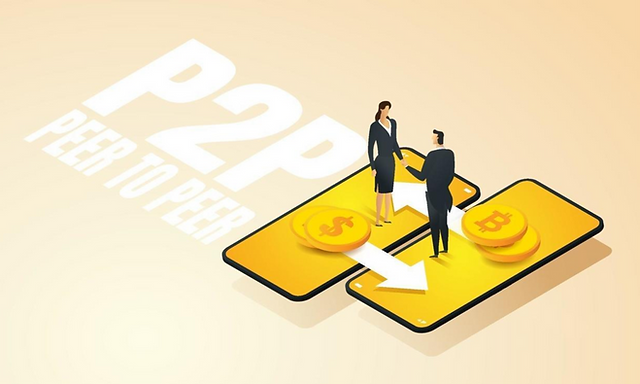
The shift towards digital finance has significantly spotlighted Peer-to-Peer (P2P) payments, offering a convenient method for conducting transactions. This blog post delves into the multifaceted advantages of P2P payments, showcasing how they streamline financial exchanges between individuals. With the rise of digital transactions, P2P payments emerge as a forefront solution, enhancing user experience by promoting ease, speed, and security in monetary exchanges. As digital finance evolves, understanding the benefits of P2P payments becomes crucial for embracing efficient and modern transaction methods.
How P2P payments are simplifying transactions

Peer-to-Peer (P2P) payments are revolutionizing the financial landscape, offering a seamless and efficient way for individuals and businesses to conduct transactions. In this era focused on convenience and speed, P2P payments stand out by enabling immediate digital money transfers without the intermediation of traditional financial institutions. This innovative payment method is not only reshaping our approach to personal and commercial dealings but also promoting a more connected and streamlined economic environment. As P2P payments continue to gain popularity, they represent a pivotal shift in the way we manage our financial interactions, emphasizing the value of simplicity and immediacy in the digital age.
The growth of contactless payments

The rise of contactless payments has significantly transformed financial transactions in recent years. This blog post explores the surge in tap-and-go payment adoption, delving into the cutting-edge technology behind them and the reasons driving their popularity. As consumers seek faster, more secure payment methods, contactless payments stand out for their convenience and efficiency, revolutionizing how transactions are conducted. This overview highlights the pivotal role contactless payments play in today’s digital economy, signifying a major shift in consumer behavior and payment technologies.
Consumer attitudes towards contactless payments

In today’s fast-paced environment, contactless payments are becoming increasingly popular, marking a significant shift in consumer behavior towards tech-based transactions. This method not only caters to the need for speed and convenience but also underscores a growing trust in digital financial solutions. As contactless payments continue to gain ground, they epitomize the modern approach to transactions, seamlessly blending technology with daily commerce activities. This evolution highlights how the digital landscape is transforming the way we conduct transactions, making contactless methods a cornerstone of contemporary financial interactions.
The technology behind contactless payments
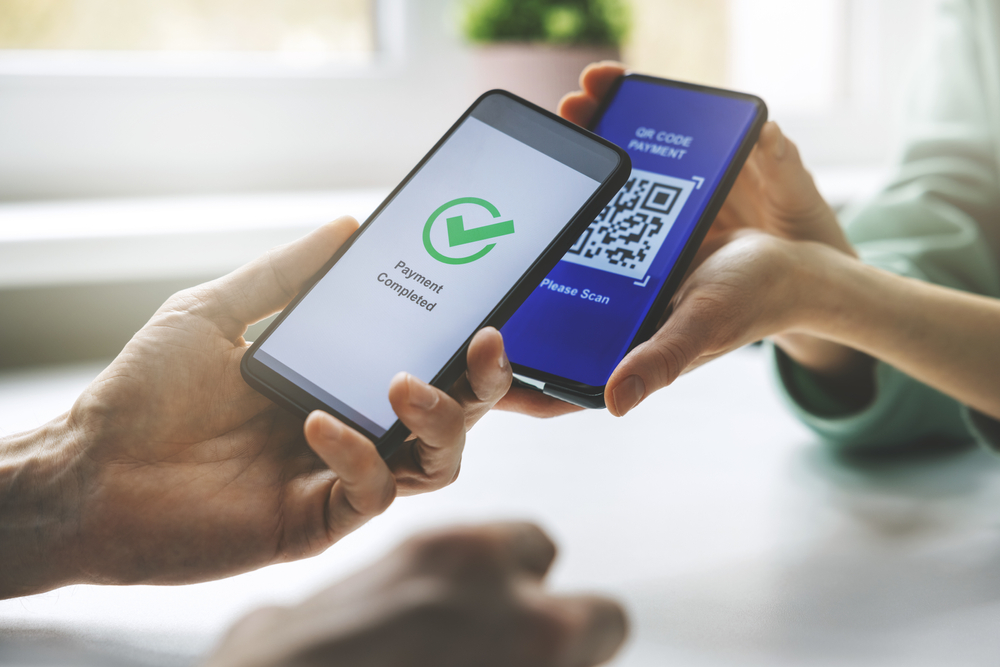
In this blog post, we explore the innovative world of contactless technology, a revolutionary method that has transformed transactions with its convenience and speed. Delving into the mechanisms behind this modern payment method, we provide insights into how contactless technology is reshaping the financial landscape. By prioritizing security and efficiency, contactless payments are not just a trend but a significant evolution in how we exchange value in today’s digital age. Discover the future of transactions through the lens of contactless technology in this insightful post.
Why contactless is the future of payments
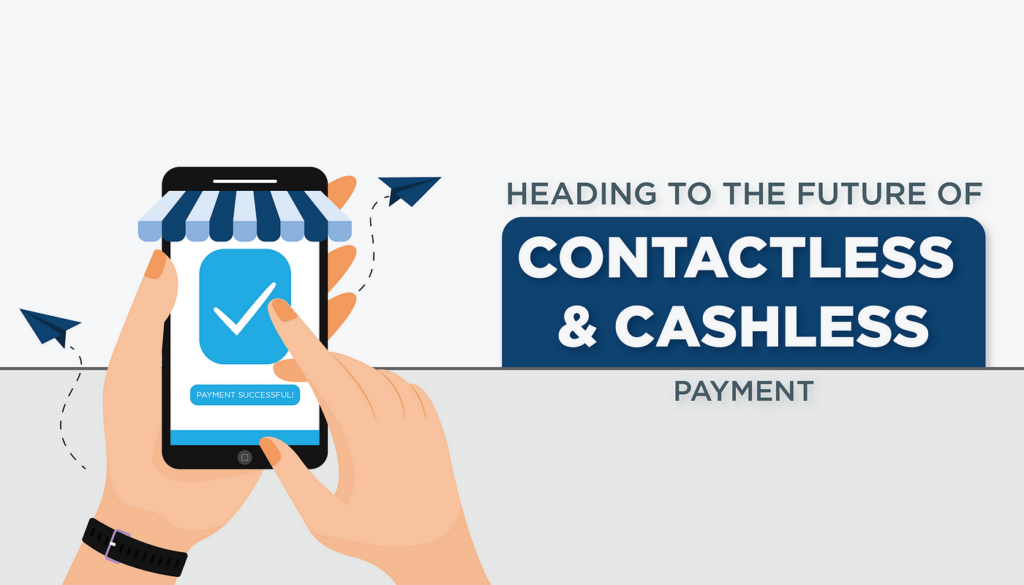
In the digital innovation era, contactless payments have become crucial for financial transactions, ensuring security and efficiency. This seamless method isn’t just a trend but a future standard, highlighting its importance in the evolving financial landscape.
The revolution of mobile payments
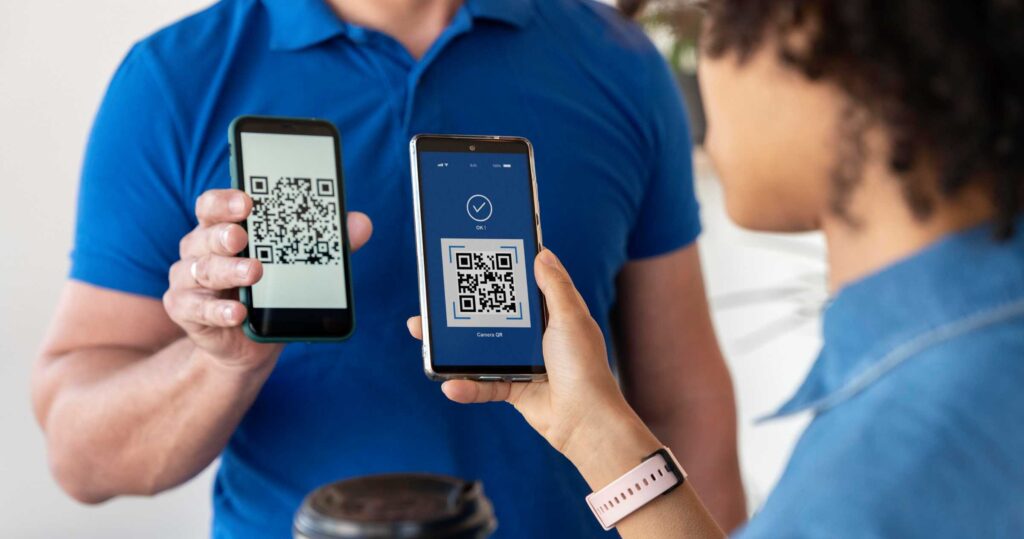
In this blog post, we delve into the digital era’s profound transformation of financial transactions, highlighting the revolution of mobile payments. This technological advancement has significantly changed consumer behavior, offering a convenient and secure way to handle money. As we explore the evolution and impact of mobile payments, it becomes clear that this innovation is not just about convenience but also about the broader implications for the future of financial transactions. Embrace the shift towards a cashless society with the advent of mobile payment solutions.
Mobile payment security: what you need to know

In today’s digital age, the shift towards mobile payments has become more evident, highlighting the importance of mobile payment security. With transactions moving away from traditional methods, the convenience offered by mobile payments is undeniable. However, this convenience also raises significant concerns regarding the safety and security of users’ financial information. Ensuring mobile payment security is crucial for both users and providers, as it helps maintain trust and reliability in the technology. This article delves into the risks associated with mobile payments and offers insights into how users can safeguard their financial information in the digital realm.
The convenience of paying with your phone

In today’s digital age, mobile payments have transformed the transaction landscape, offering unmatched convenience and paving the way for a cashless society. This method of payment stands as the zenith of ease for consumers globally, revolutionizing the traditional transaction processes. By embracing mobile payments, individuals and businesses alike are stepping into a new era of financial transactions, marking a significant shift towards a more streamlined and efficient economy.
How mobile payments are shaping commerce
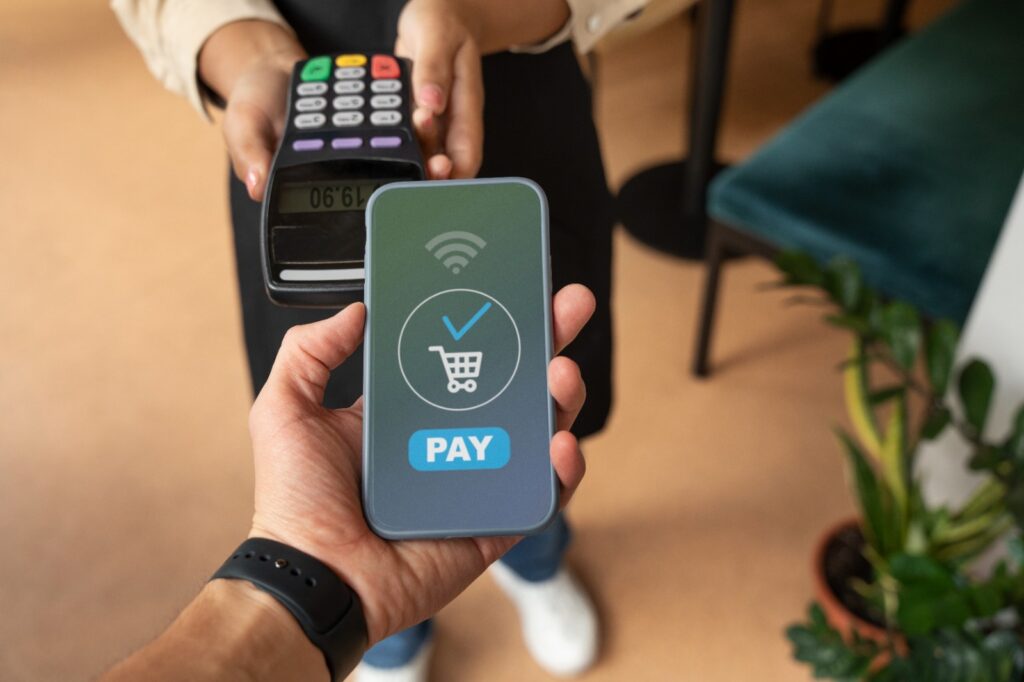
In the digital era, the evolution of mobile payments is revolutionizing commerce, drastically changing consumer purchasing habits and business operations. This shift is more than a passing trend; it signifies a fundamental change in how transactions are conducted. By embracing mobile payments, businesses are not only catering to the growing demand for convenience and speed but are also enhancing their operational efficiency and customer satisfaction. As this payment method becomes increasingly integrated into everyday commerce, understanding its impact is essential for staying competitive in the fast-evolving market landscape.